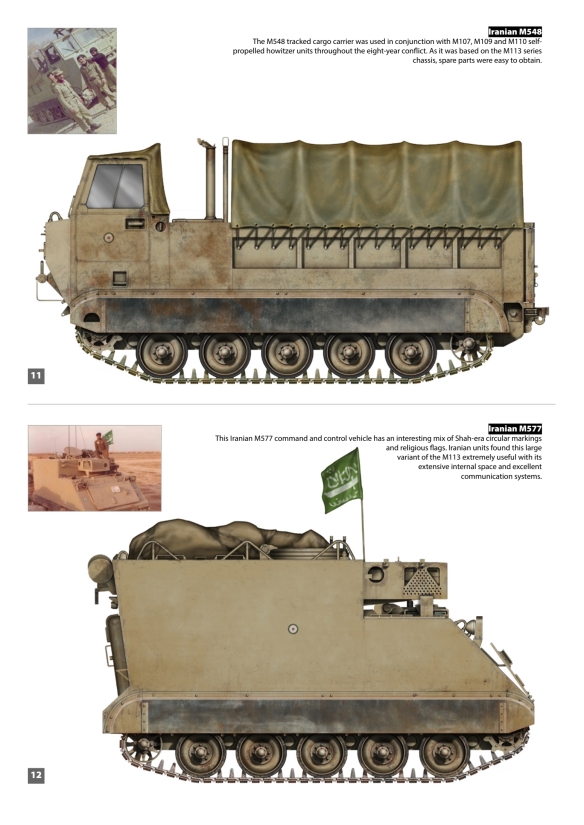
The modern Iranian military first saw action during the joint Soviet-British invasion of Iran in 1941, which led to a five-year occupation. Though it performed poorly in 1941, the Iranian military was well on its way to becoming one of the most sophisticated forces in the region during the reign of the Shah. This proud force was to be undone, however, with the advent of revolution in Iran. Facing extensive military purges, uprisings in Kurdish areas, and MKO terrorism, the country was in a state of post-revolutionary chaos when Iraqi invaded in 1980.
In spite of these handicaps, the Iranian military and volunteers of the Revolutionary Guards, the Basij, and the Pasdaran forces first repulsed and then took the war to the Iraqis. Although Iran had obtained vast amounts of US armour, APCs, and trucks, British Chieftains and Scorpions, and large numbers of Soviet trucks and artillery, their forces were initially disorganized and it would take time for them to be organized into manoeuvre formations. In many ways, the most serious problem for Iran was the innate tensions between the secular army and religious volunteers. This would last throughout the eight-year conflict with Iraq. As well as using all the equipment purchased during the time of the Shah, Iranian forces would make extensive use of captured Iraqi equipment, including T-55s, T-62s, Type 69s and T-72s, along with trucks and other Easternbloc equipment. The only really new equipment in terms of combat vehicles purchased during the war came from North Korea. Though of dubious value, such North Korean systems as the Koksan M1978 helped Iran maintain its struggle against Iraq.
Large amounts of Iranian equipment would be lost throughout the war, much of it ending up in the hands of the Iranian MKO. Today, much of the remaining equipment is still in use with the forces of the Islamic Republic, updated with new parts and gaudy camouflage. With international attention again focused on the straits of Hormuz, the ages-old Sunni-Shi’a cold war and tensions between the US and Iran may well erupt into a new regional conflict.